1 Parker 2021, police. Encyclopedia Britannica.
2 Gudjonsson, G. H., Gonzalez, R. A., & Young, S. (2021). The Risk of Making False Confessions: The Role of Developmental Disorders, Conduct Disorder, Psychiatric Symptoms, and Compliance. Journal of attention disorders, 25(5), 715–723.
3 Daniel Lassiter, Christian A. Meissner Police interrogations and false confessions: Current research, practice, and policy recommendations.
4 ECLI:NL:GHDHA:2022:205
5 S. Glazebrook, Mr. Big operations: Innovative investigative technique or threat to Justice?
6 Van Koppen & Horselenberg, Strafblad 2018/2, p. 65
7 Klok 2018 M.J. Klok, Mr Big. Grondslagen, reikwijdte en (rechts)psychologische aspecten van de undercovermethode ‘Mr Big’, Weert: Celsus juridische uitgeverij maart 2018.


